Capcom Was on Its Knees After Resident Evil 6, Now Monster Hunter Wilds Cements Its Golden Era — Here's How It Did It
With Monster Hunter: World shattering Steam records and Resident Evil enjoying unprecedented popularity thanks to Village and several stellar remakes, Capcom's current success almost seems inevitable. However, this wasn't always the case. Less than a decade ago, a string of critical and commercial failures left the company teetering on the brink, lost both in identity and audience.
Capcom faced a profound identity crisis. Resident Evil, the pioneer of survival horror, had lost its edge after Resident Evil 4. Similarly, Street Fighter, another flagship franchise, faltered after the poorly received Street Fighter 5. The situation looked dire, threatening the very existence of Capcom and its beloved games.
But amidst the gloom, a glimmer of hope emerged. A strategic shift in game development, coupled with a powerful new game engine, revitalized these iconic franchises, sparking years of critical acclaim and financial success that propelled Capcom back to the forefront of the gaming industry.
Resident Evil Lost Its Way
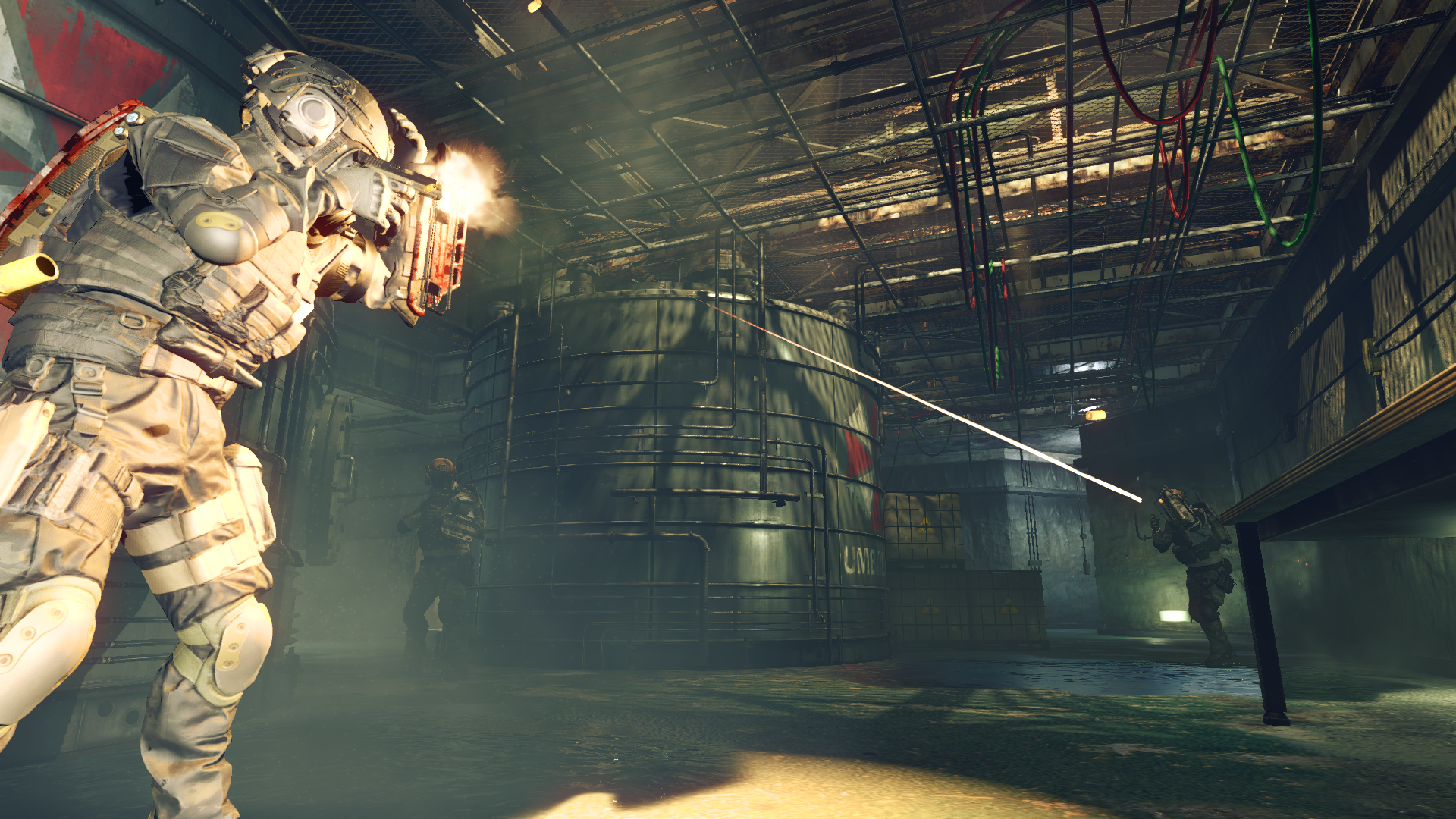
2016 was a particularly rough year. Umbrella Corps, the year's major Resident Evil release, a co-op online shooter, was met with widespread criticism from both critics and fans. Street Fighter 5 similarly disappointed longtime fans, failing to live up to the brilliance of its predecessor, Street Fighter 4. Even the long-awaited return of Frank West in Dead Rising 4 couldn't prevent it from becoming the series' final new entry.
This marked the nadir of a series of underwhelming years for Capcom, dating back to 2010. Mainline Resident Evil titles, despite strong sales, received increasingly negative reviews. Street Fighter struggled after a poorly-received installment, and other Capcom mainstays like Devil May Cry were largely absent. Meanwhile, Monster Hunter, though immensely popular in Japan, struggled to gain significant traction in international markets.
This contrasts sharply with the Capcom we know today. Since 2017, Capcom has consistently delivered hit after hit, achieving both commercial and critical success with titles like Monster Hunter: World, Devil May Cry 5, Street Fighter 6, and a series of acclaimed remakes and a soft reboot of the Resident Evil series. Capcom's recent track record suggests an almost unparalleled run of success.
This resurgence required more than just learning from past mistakes. Capcom had to fundamentally rethink its entire strategy, from target audience to technology, to achieve such a dramatic turnaround. To understand this transformation, IGN spoke with four of Capcom's leading creatives to uncover the story of how one of gaming's most successful companies overcame adversity and emerged stronger than ever.
Founded in 1979 as a manufacturer of electronic game machines, Capcom rose to prominence in the 80s and 90s with 2D classics like Street Fighter and Mega Man, before successfully transitioning to 3D with titles like Resident Evil. Between 2000 and 2010, Capcom successfully modernized many of its flagship franchises, culminating in the creation of one of the greatest games of all time: Resident Evil 4.
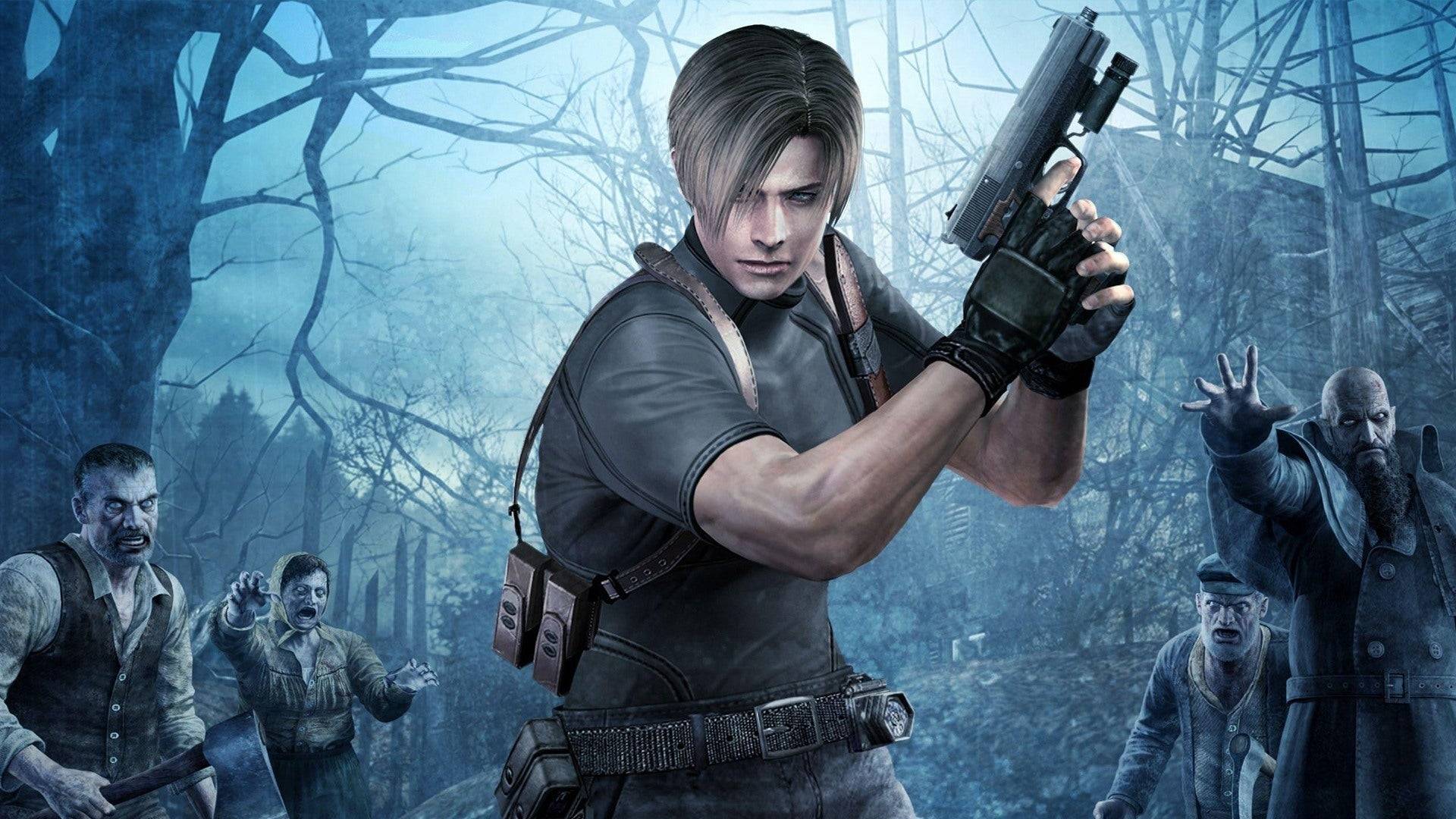
Released in 2005, Resident Evil 4 is widely considered a masterpiece, ingeniously blending horror and action. However, this blend dramatically altered the course of the Resident Evil franchise. While fundamentally a horror game, inspired by works like Friday the 13th and H.P. Lovecraft, it also incorporated elements of Hollywood action cinema. This balance, however, was lost in subsequent installments. In 2009's Resident Evil 5, Chris Redfield punches a boulder the size of a car, and infected enemies are gunned down in a car chase more reminiscent of Fast and Furious than a horror film. The series' identity was fraying, a fact recognized by both players and developers, including Resident Evil 4 remake director Yasuhiro Ampo, a veteran of the series since 1996.
"Throughout the Resident Evil series, we set different goals and challenges for each game," Ampo explains. "But this time, many of us felt that what fans wanted was diverging from what we were creating."
This lack of direction led to games like 2012's Resident Evil 6, which attempted to cater to both action and horror fans simultaneously. By splitting the game into three storylines with six playable characters, it failed to strike the crucial balance, leaving neither group fully satisfied. Online discussions reflected this disappointment, while developers continued experimenting with spin-offs that explored new territory, such as online co-op.
This decline wasn't limited to Resident Evil. Following the success of Street Fighter 4, which captivated fighting game enthusiasts and casual players alike with its unique art style and roster, Capcom failed to replicate that success with its sequel. Street Fighter 5 (2016) was criticized for its lack of single-player content and poor online functionality, leaving fans frustrated with its lack of polish and confusing balance.
The struggles extended beyond Street Fighter and Resident Evil. Devil May Cry, another popular franchise, saw diminishing returns, leading Capcom to outsource DmC: Devil May Cry (2013) to Ninja Theory. While gaining cult status, the game's revamped mythology and protagonist, along with its 30fps frame rate, faced strong criticism. The series was subsequently put on hold.
This period defined Capcom's early to mid-2010s. Key franchises struggled to maintain past successes, new titles targeting Western audiences (like Lost Planet and Asura's Wrath) failed to connect, and while there were occasional bright spots (such as Dragon's Dogma), Capcom's overall direction lacked focus. Change was clearly needed.
Street Fighter 5, The Lost Cause

By the mid-2010s, Capcom initiated several strategic changes that would ultimately reshape the company's destiny. These changes started small, focusing on addressing immediate issues. Street Fighter 5 needed fixing, so Capcom brought in director Takayuki Nakayama and producer Shuhei Matsumoto to help stabilize the game.
While not involved from the outset, Nakayama and Matsumoto inherited a game requiring significant improvements to regain fan trust. "There were challenges in production," Nakayama admits, "and because we couldn't make major changes at that stage, we had to proceed in the existing direction, which limited our options."
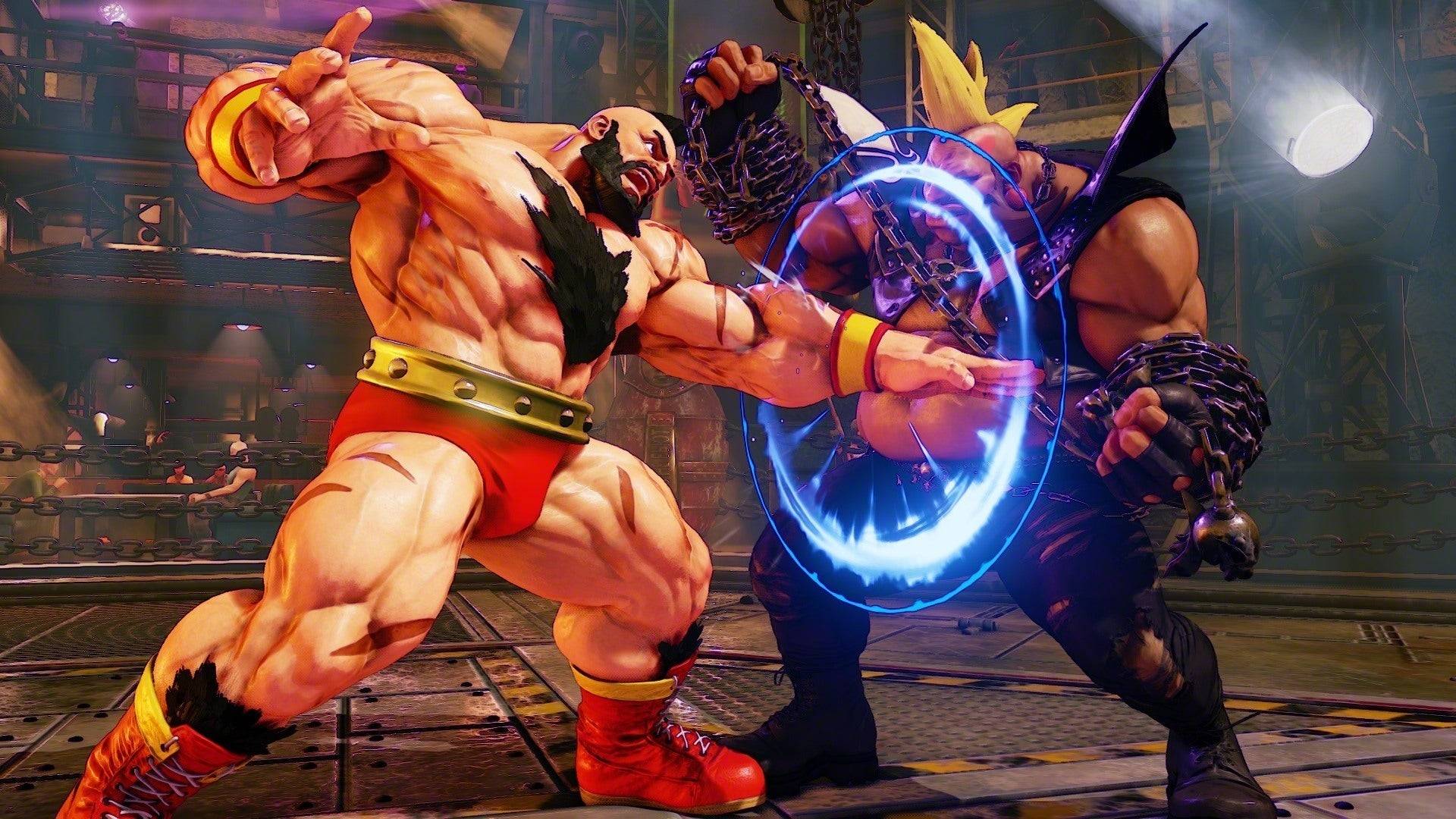
These limitations restricted the scope of their improvements. Instead of transforming Street Fighter 5 into a top-tier game, they focused on fixing critical issues, biding their time until work on Street Fighter 6 could begin.
"We lacked the time to address all the problems," Nakayama explains. "We had to wait for the conceptual phase of Street Fighter 6 to properly tackle these issues."
The question arises: why not simply cancel Street Fighter 5 and start fresh on a sequel? According to Matsumoto, abandoning Street Fighter 5 wasn't an option. "It wasn't about ending Street Fighter 5 and focusing on Street Fighter 6," he says. "While working on Street Fighter 5, we were figuring out what we wanted to do with Street Fighter 6."
"We used Street Fighter 5's development as an ongoing process to determine our direction for the next installment."
The team treated Street Fighter 5 as a learning experience, using it to identify and correct design flaws. Numerous updates followed, addressing netcode, character balance, adding new characters, V-Triggers, and mechanics like V-Shift (a defensive move later considered for Street Fighter 6).
Beyond simply improving the game, Capcom aimed to rediscover the fun. Street Fighter 5 had become frustrating, so the goal was to make it enjoyable. "Fighting games are fun, and as you get used to them, they become more enjoyable," Matsumoto notes. "But Street Fighter 5 lacked a clear path to that enjoyable level."
Previous attempts to improve accessibility by lowering difficulty alienated longtime fans. Street Fighter 6, instead, expanded tools for new players while retaining elements appreciated by experienced players. By using Street Fighter 5 as a testing ground, Street Fighter 6 (2023) launched to widespread critical acclaim.
To prevent similar situations, Capcom implemented significant behind-the-scenes changes.
Monster Hunter Took Over The World
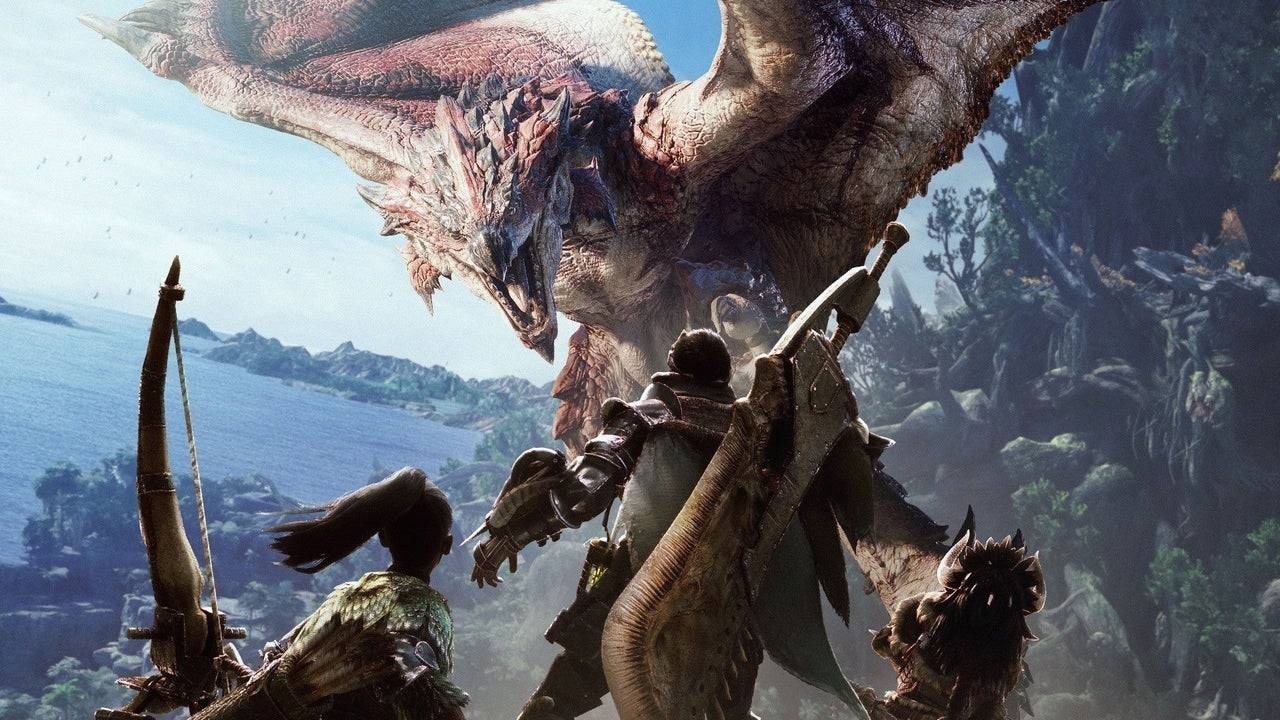
Around the launch of Street Fighter 5 in 2016, Capcom underwent an internal reorganization to prepare for a new generation of games powered by the RE Engine, replacing the aging MT Framework. This change extended beyond technology; a new mandate ensured games were created for a global audience, not just existing regional fanbases.
"Several factors converged," says Hideaki Itsuno, known for his work on Devil May Cry. "The engine change, and a clear goal for all teams to create globally appealing games."
Capcom's previous attempts to capture the Western market often felt forced. While Resident Evil 4 was a success, titles like Umbrella Corps and the Lost Planet series chased fleeting trends without success. Capcom realized the need to create games appealing to a broader audience, not just Western genre fans.
"We focused on making good games that would reach people worldwide," Itsuno states.
Itsuno highlights the period leading up to 2017 as pivotal. The organizational and engine changes converged, and the launch of Resident Evil 7 that year marked the start of Capcom's renaissance.
No series better embodies this global focus than Monster Hunter. While possessing a dedicated Western fanbase, it was significantly larger in Japan. This wasn't intentional; the series' success on the PSP in Japan, due to the popularity of handheld consoles and ease of local multiplayer, created a self-reinforcing cycle of Japan-focused content and events.
Ryozo Tsujimoto, executive producer of the Monster Hunter series, explains: "Twenty years ago, network connections in Japan weren't as easy, and online play wasn't as common. Handheld consoles made multiplayer easy without internet access, and that was a success for us."
Monster Hunter's cooperative gameplay thrived on easy access to multiplayer, best served by handheld consoles. This created a perception of Monster Hunter as a Japan-only brand. However, with improved Western internet infrastructure, Tsujimoto saw an opportunity to create a truly global Monster Hunter experience.
Monster Hunter: World (2018), released simultaneously worldwide on PS4, Xbox One, and PC, was a significant departure. It offered AAA console-quality graphics, larger areas, and bigger monsters.
"Calling it Monster Hunter: World was a nod to our desire to appeal to a worldwide audience," Tsujimoto reveals.
The simultaneous global release was crucial, eliminating region-exclusive content. Tsujimoto and his team also refined the formula to broaden its appeal. Playtesting across the globe influenced game systems, contributing to the game's global success. A simple addition, displaying damage numbers, further enhanced the experience.
Monster Hunter: World and its sequel, Monster Hunter Rise, each sold over 20 million copies, far exceeding the sales of previous installments (typically 1.3 to 5 million). This wasn't accidental; Capcom expanded the series' appeal without sacrificing its core identity.
"At its heart, Monster Hunter is an action game," Tsujimoto explains. "But for new players, it's about getting to that point. We analyzed where players struggled and used that knowledge to improve the system in Wilds."
Resident Evil 7 Began Turning Things Around
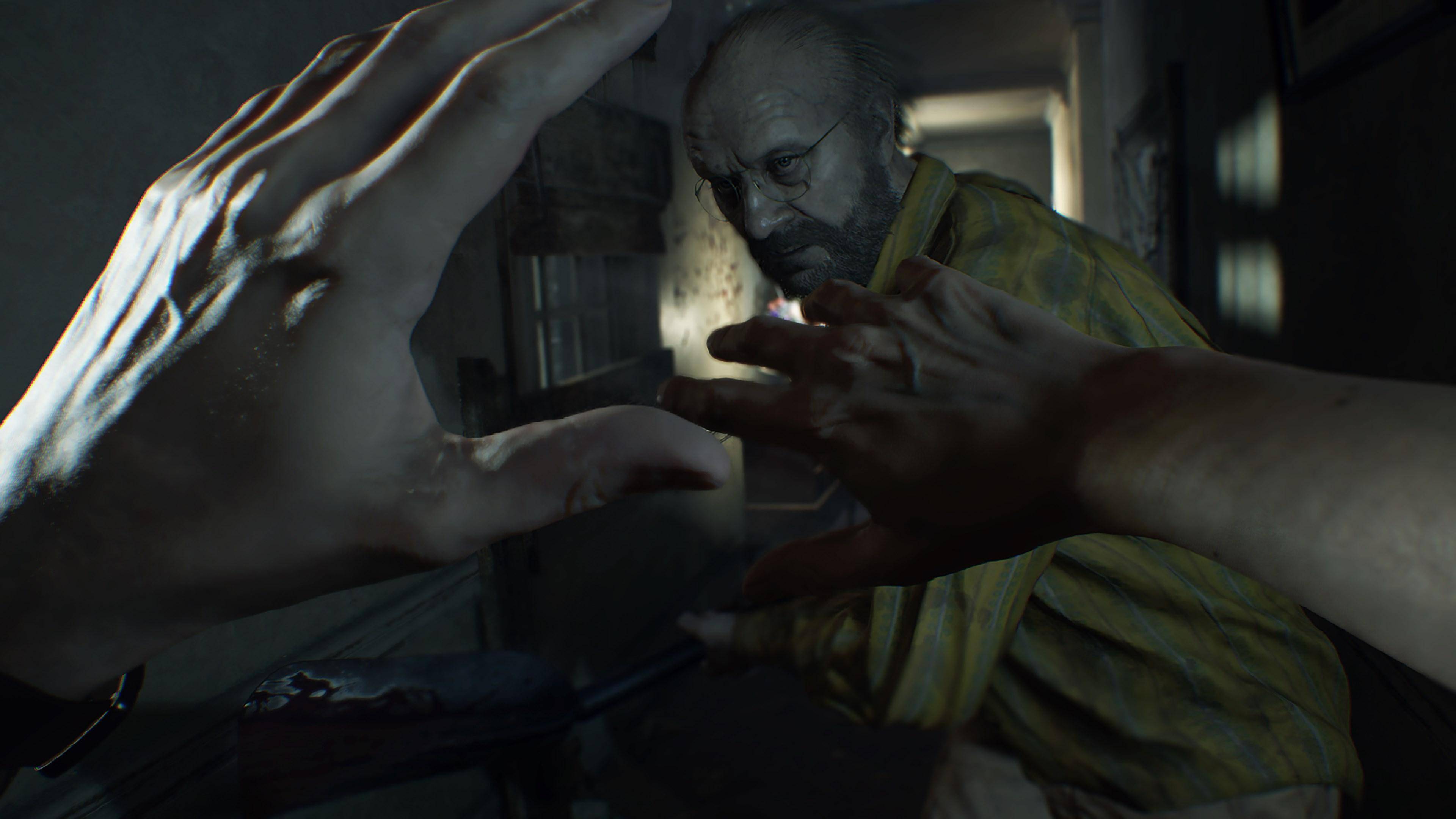
Monster Hunter's success provided a blueprint, but the challenge was different for other franchises. For Resident Evil, the decision was whether to prioritize action or survival horror. Jun Takeuchi, executive producer of Resident Evil, made the call.
"Around the time of Resident Evil Revelations 1 and 2, I was experimenting with different approaches," recalls Yasuhiro Ampo. "Jun Takeuchi set the direction: to return to the series' roots, focusing on survival horror."
Resident Evil 7's announcement at E3 2016, with its first-person perspective and moody trailer, generated immense excitement. The shift to first-person, while initially questioned, restored a crucial element: the game became scary again.
"Takeuchi made it clear that the series needed to be scary and focus on survival," Ampo says. "Resident Evil 7 would return to its origins."
The game's success, while not matching Resident Evil 4, marked a return to survival horror. Its unsettling atmosphere made it one of the scariest in the series.
Capcom didn't abandon the third-person perspective entirely. While new mainline entries remained first-person, a series of remakes, starting with Resident Evil 2, offered third-person gameplay, capitalizing on fan demand.
"People really wanted this," Ampo reveals. "So producer Hirabayashi said, 'We'll do it.'"
The Resident Evil 2 remake became one of the best-selling games in the franchise, seamlessly blending horror, action, and puzzles. The Resident Evil 3 remake followed, and despite initial hesitation, a remake of Resident Evil 4 was also undertaken, further demonstrating Capcom's success.
"Resident Evil 4 is beloved," Ampo admits. "If we got anything wrong with the remake, people would be vocal."
The Resident Evil 4 remake proved another success, refining the action-horror balance and enhancing the mood and atmosphere.
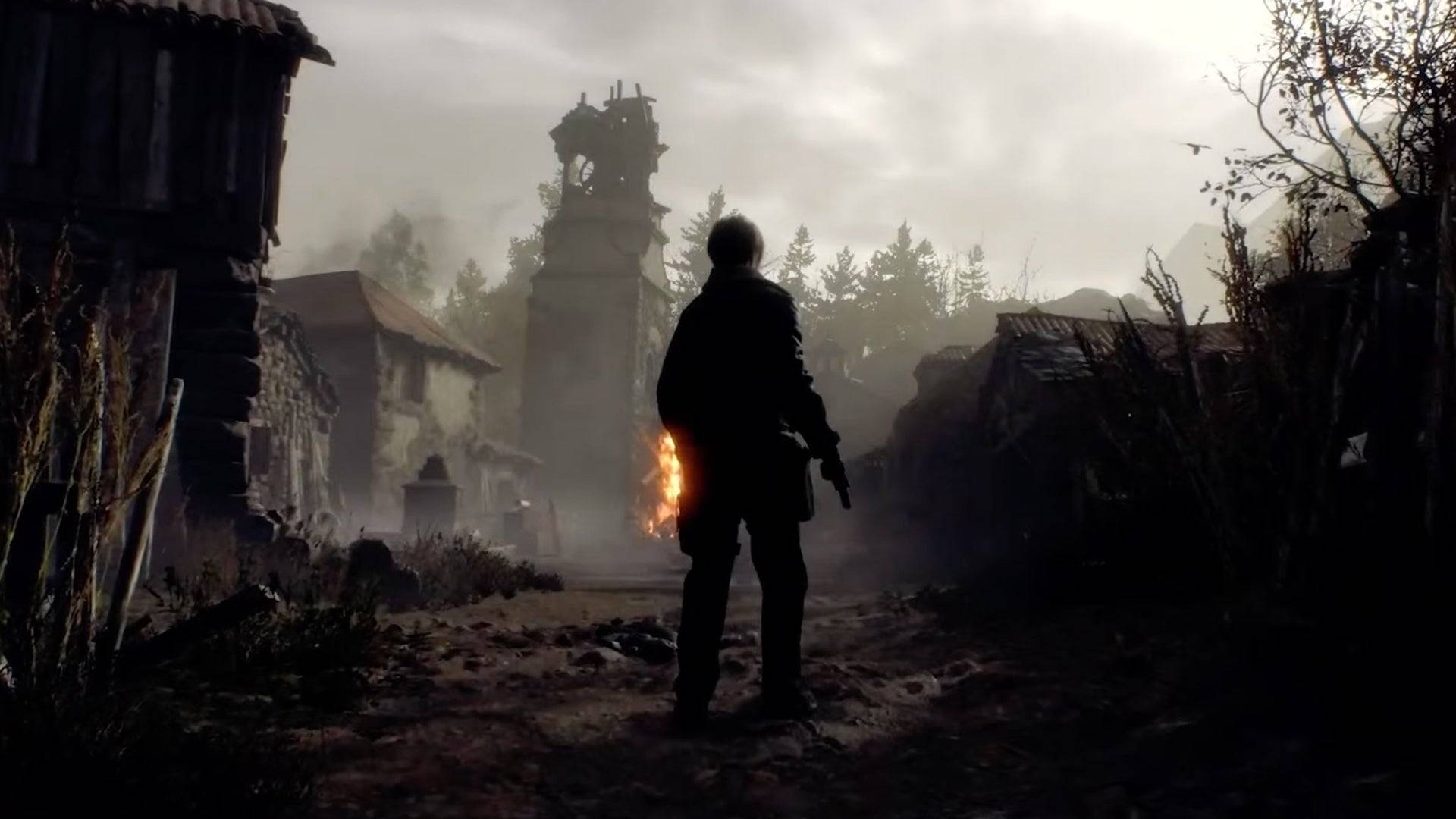
Concurrently, Hideaki Itsuno, director of Devil May Cry, had a similar realization. Observing the action genre's softening to appeal to a wider audience, he saw an opportunity to create a challenging, stylish action game, leveraging the RE Engine.
The Reason Behind The Change
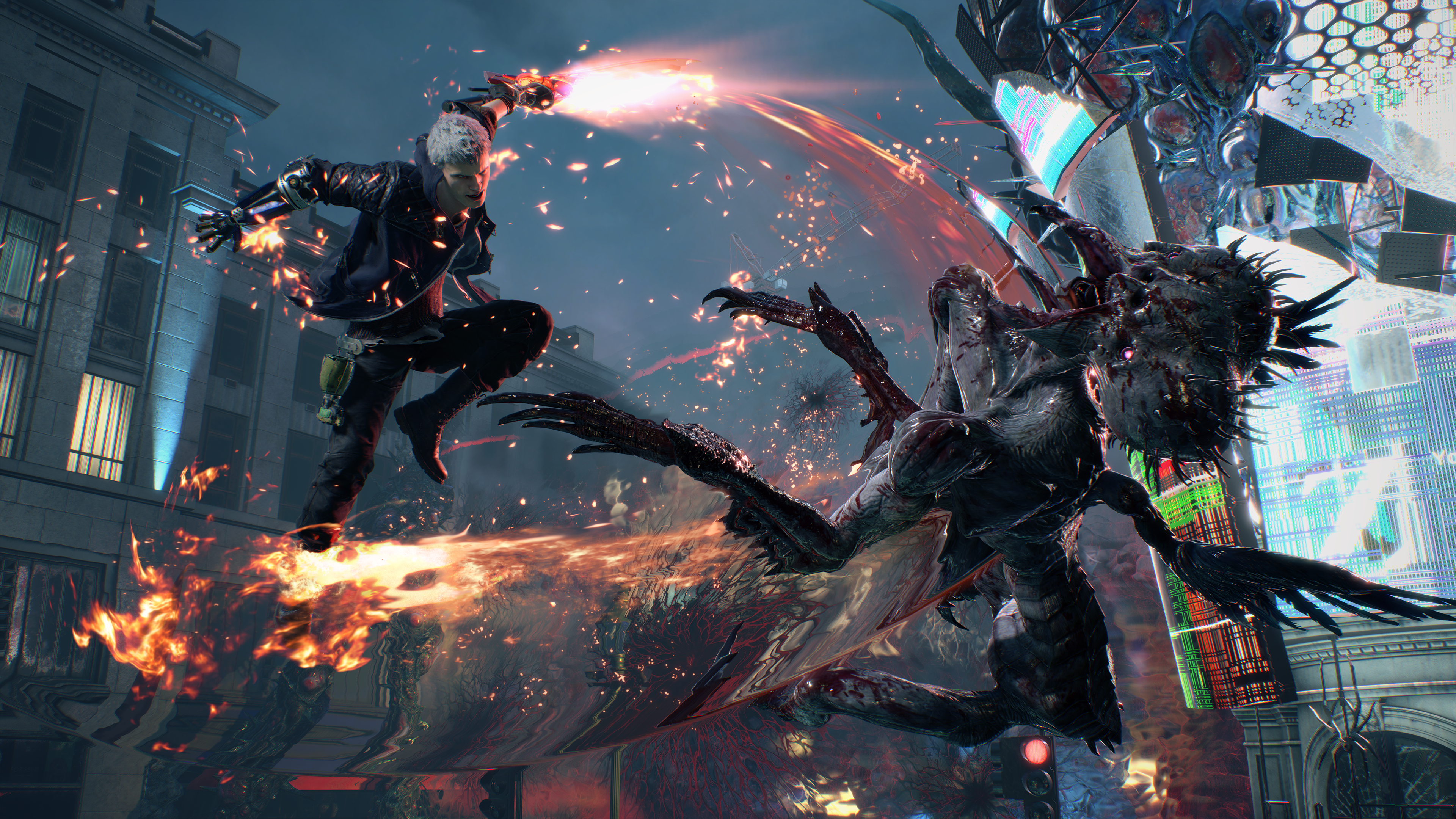
"I felt the action genre was becoming too kind to players," Itsuno admits. "Lending them too much assistance."
Itsuno, after a decade-long break, returned to direct Devil May Cry 5, utilizing the RE Engine's capabilities to create a stylish and challenging action game.
"The technology changed significantly," Itsuno says. "The RE Engine allowed for faster development and iteration."
Ampo describes the RE Engine's development: "The concept was to create a less stressful development environment that allowed for faster progress. Because it's an internal engine, we could quickly request and implement additional tools."
This rapid iteration proved vital for Itsuno's goal of creating the "coolest" action game. The RE Engine's combination of tools and photorealistic capabilities enhanced the style of Devil May Cry.
"Devil May Cry is about being cool," Itsuno says. "I've tried to distill everything I consider cool into the game."
A New Capcom Golden Age
Since 2017, Capcom has consistently delivered high-quality games. This success stems from a focus on creating globally appealing games using a technologically advanced engine. Capcom seamlessly transitions between genres without losing its unique identity.
This global focus hasn't diluted the series; instead, it's expanded their reach without compromising their core elements. Capcom's current success contrasts with its contemporaries, who are struggling to maintain consistency and identity.
When asked about a "golden age," the directors largely agreed. Nakayama says, "It's an exciting time. We can focus on what we find fun." Tsujimoto adds, "Capcom is in a golden era, and we need to make it last."
-
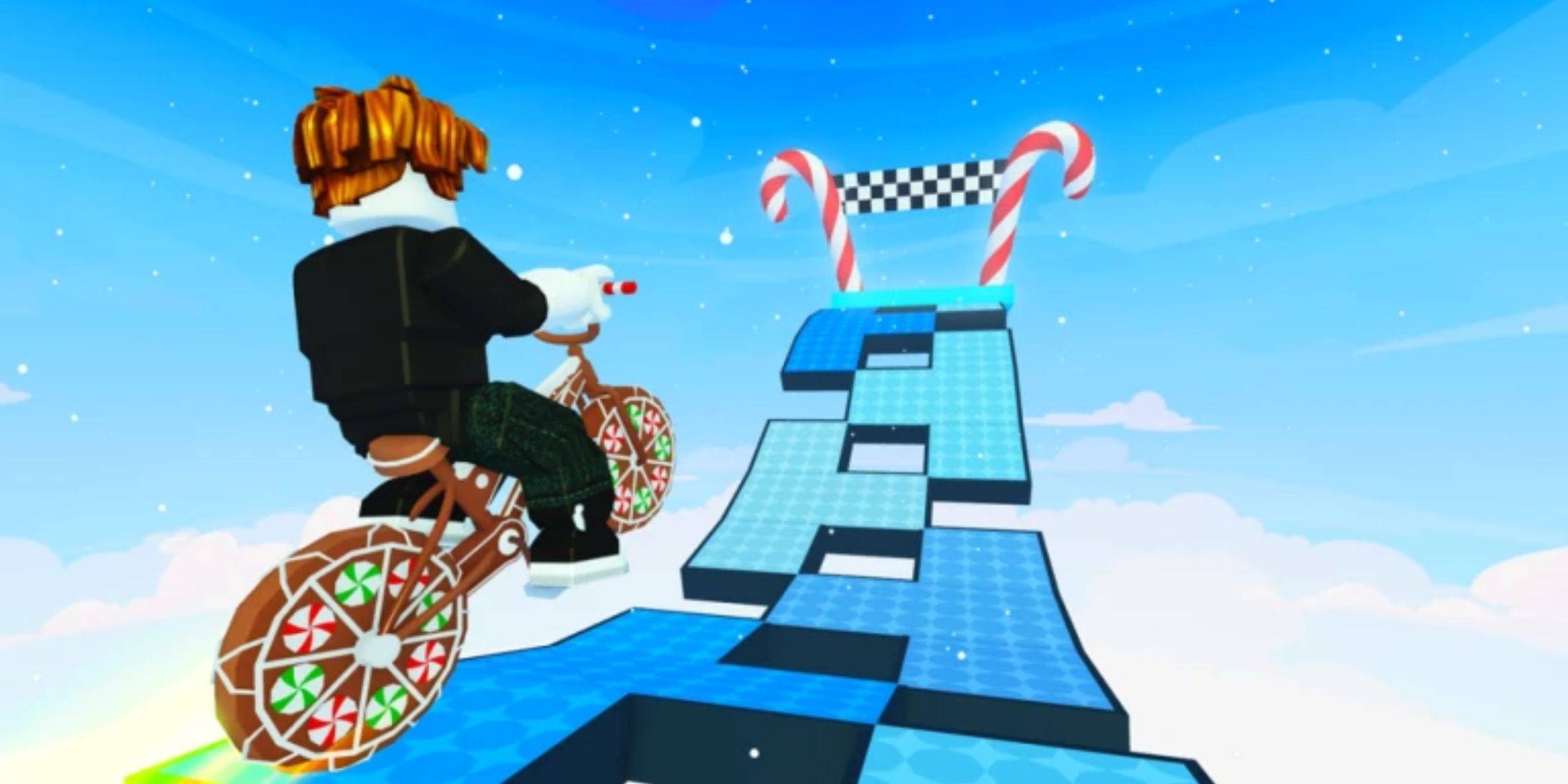 Jan 27,25Roblox: Bike Obby Codes (January 2025) Bike Obby: Unlock Awesome Rewards with These Roblox Codes! Bike Obby, the Roblox cycling obstacle course, lets you earn in-game currency to upgrade your bike, buy boosters, and customize your ride. Mastering the various tracks requires a top-tier bike, and thankfully, these Bike Obby codes deliver
Jan 27,25Roblox: Bike Obby Codes (January 2025) Bike Obby: Unlock Awesome Rewards with These Roblox Codes! Bike Obby, the Roblox cycling obstacle course, lets you earn in-game currency to upgrade your bike, buy boosters, and customize your ride. Mastering the various tracks requires a top-tier bike, and thankfully, these Bike Obby codes deliver -
 Feb 20,25Where to Preorder the Samsung Galaxy S25 and S25 Ultra Smartphones Samsung's Galaxy S25 Series: A Deep Dive into the 2025 Lineup Samsung unveiled its highly anticipated Galaxy S25 series at this year's Unpacked event. The lineup features three models: the Galaxy S25, S25+, and S25 Ultra. Preorders are open now, with shipping commencing February 7th. Samsung's web
Feb 20,25Where to Preorder the Samsung Galaxy S25 and S25 Ultra Smartphones Samsung's Galaxy S25 Series: A Deep Dive into the 2025 Lineup Samsung unveiled its highly anticipated Galaxy S25 series at this year's Unpacked event. The lineup features three models: the Galaxy S25, S25+, and S25 Ultra. Preorders are open now, with shipping commencing February 7th. Samsung's web -
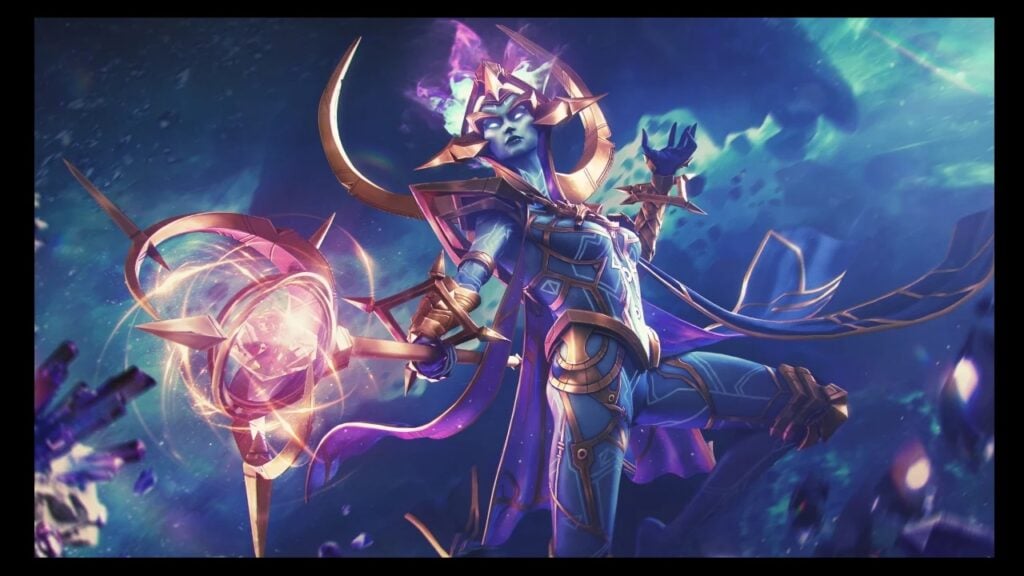 Jul 02,22Isophyne Debuts as Original Character in Marvel Contest of Champions Kabam introduces a brand-new original character to Marvel Contest of Champions: Isophyne. This unique champion, a fresh creation from Kabam's developers, boasts a striking design reminiscent of the film Avatar, incorporating copper-toned metallic accents. Isophyne's Role in the Contest Isophyne ent
Jul 02,22Isophyne Debuts as Original Character in Marvel Contest of Champions Kabam introduces a brand-new original character to Marvel Contest of Champions: Isophyne. This unique champion, a fresh creation from Kabam's developers, boasts a striking design reminiscent of the film Avatar, incorporating copper-toned metallic accents. Isophyne's Role in the Contest Isophyne ent -
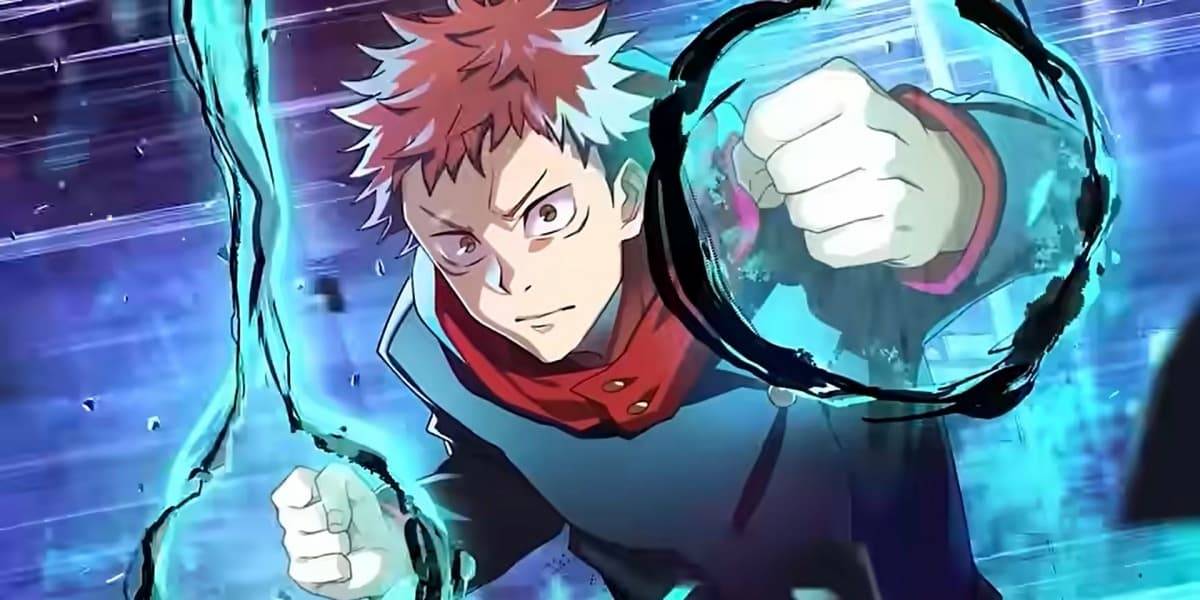 Jan 11,25Jujutsu Kaisen Phantom Parade: Tier List Revealed This Jujutsu Kaisen Phantom Parade tier list helps free-to-play players prioritize character acquisition. Note that this ranking is subject to change with game updates. Tier List: Tier Characters S Satoru Gojo (The Strongest), Nobara Kugisaki (Girl of Steel), Yuta Okkotsu (Lend Me Your Stren
Jan 11,25Jujutsu Kaisen Phantom Parade: Tier List Revealed This Jujutsu Kaisen Phantom Parade tier list helps free-to-play players prioritize character acquisition. Note that this ranking is subject to change with game updates. Tier List: Tier Characters S Satoru Gojo (The Strongest), Nobara Kugisaki (Girl of Steel), Yuta Okkotsu (Lend Me Your Stren
